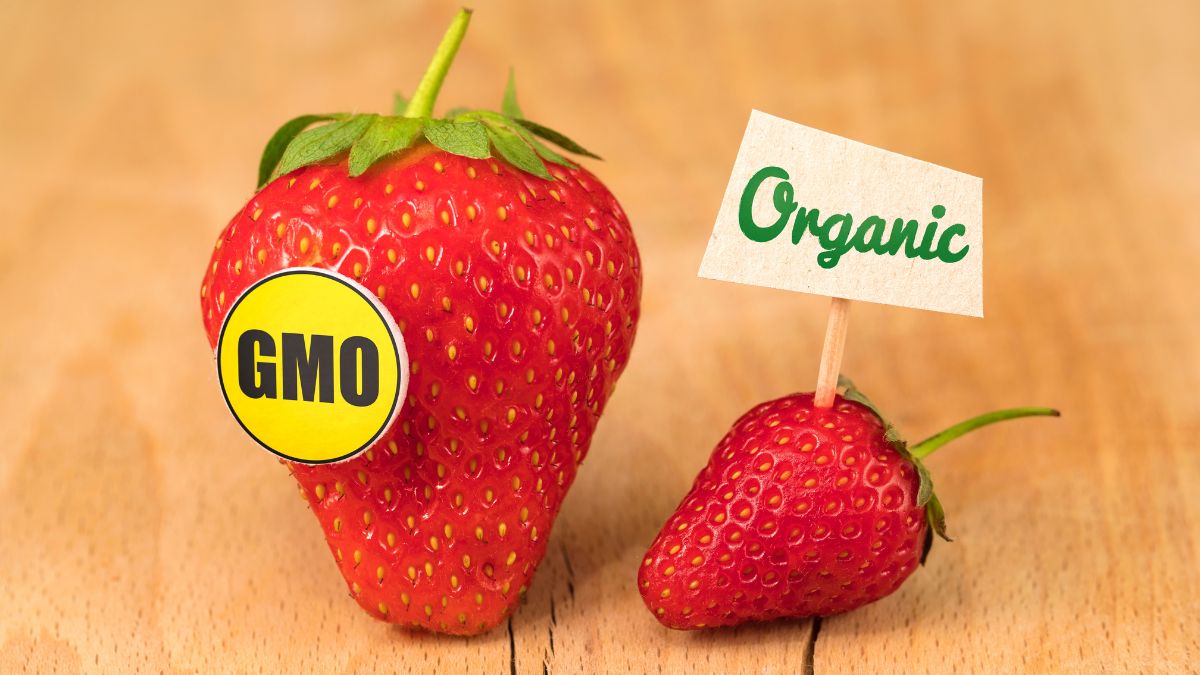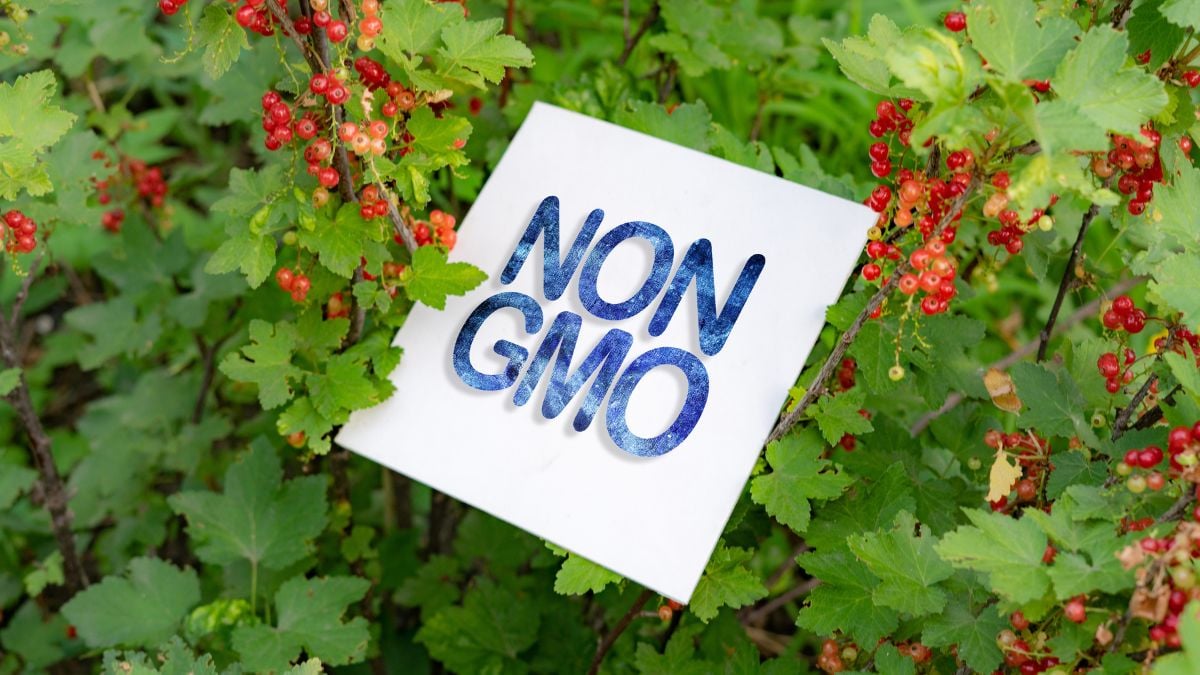
Americans are divided on genetically modified food, and it’s not a small split. A new analysis finds 43% say they buy GM foods, 39% say they don’t, and about one in five sit on the fence. Younger adults are more open to GM options, while older generations grow more cautious. Gender plays a role too, with men slightly more likely than women to buy.
America’s Near 50–50 Split

The country is almost evenly divided on GM food purchases. Forty-three percent say they do buy genetically modified foods, while 39% say they don’t. That leaves a sizable middle who aren’t taking a firm stance either way. It’s a snapshot of a nation still weighing the trade-offs.
The Unsure Fifth

About one in five Americans neither agree nor disagree with the statement about avoiding GM foods. That uncertainty suggests many people aren’t sure if GMOs are in their carts already. Labels, supply chains, and everyday shopping habits may blur the details. The result: a big undecided block.
Gen Z Leans Pro-Purchase

Slightly more than half of Gen Z—53%—say they buy genetically modified foods. That’s the strongest buy-signal among all generations measured. Younger shoppers appear more comfortable with the idea. It’s a clear generational tilt toward GM options.
Gen Z Skeptics Still Exist

Not everyone in Gen Z is on board. Thirty percent say they don’t buy GM foods. So even the most open generation has a meaningful skeptical slice. The debate is very much alive among the youngest adults.
Openness Shrinks With Age

Move up each generation and the “I buy GM” share gets smaller. At the same time, the share who say they don’t buy GM grows. It’s a steady slide from younger to older adults. Age, it seems, tracks closely with caution.
Silent Generation Is Wary

Among the Silent Generation, 46% say they don’t buy genetically modified foods. That’s the highest non-buy stance in the analysis. Compared with Gen Z, skepticism rises sharply. Older Americans are more likely to stick with non-GM choices.
Gender Gap Shows Up

Men are more inclined than women to buy GM foods. The difference isn’t massive, but it’s consistent. It adds another layer to how Americans approach GM products. Attitudes here vary by both age and gender.
Men More Likely To Buy

Forty-six percent of men disagree with the statement “I don’t buy genetically modified food.” In other words, nearly half of men say they do buy GM foods. That puts them on the more accepting side of the spectrum. It’s a small but notable edge.
Women Slightly More Cautious

Among women, 40% disagree with the “I don’t buy” statement, indicating they do buy GM foods. That’s lower than men’s 46%. The gap underscores a modest gender difference in comfort levels. Women, on balance, show a bit more hesitation.

